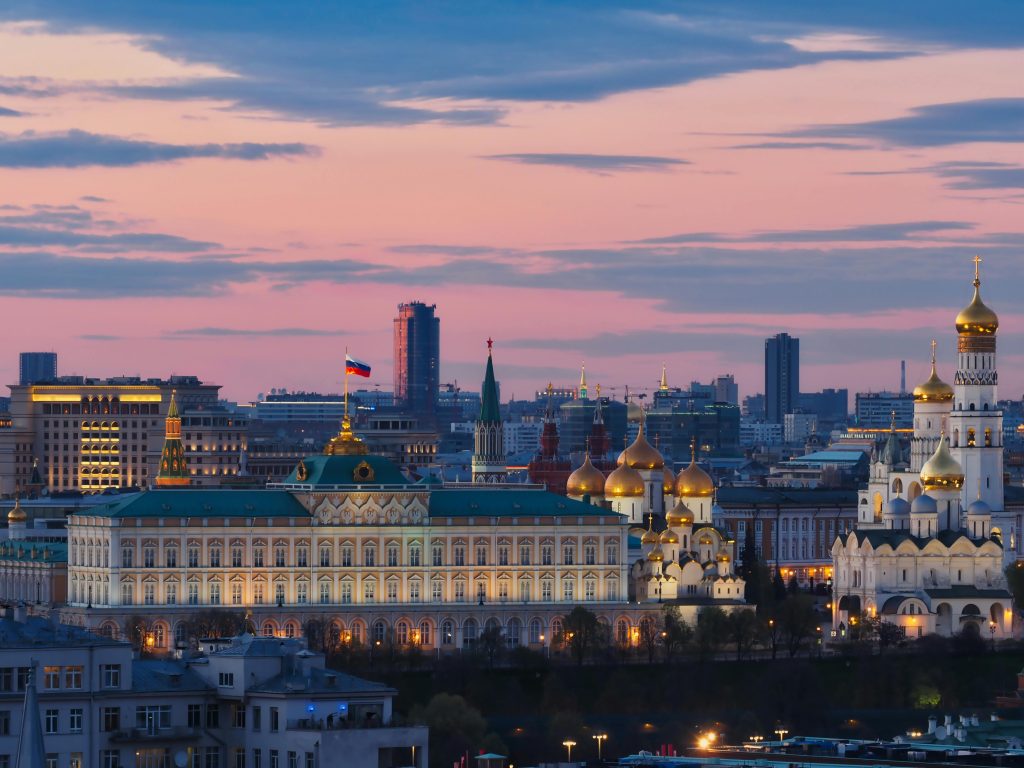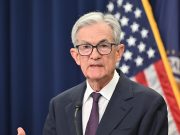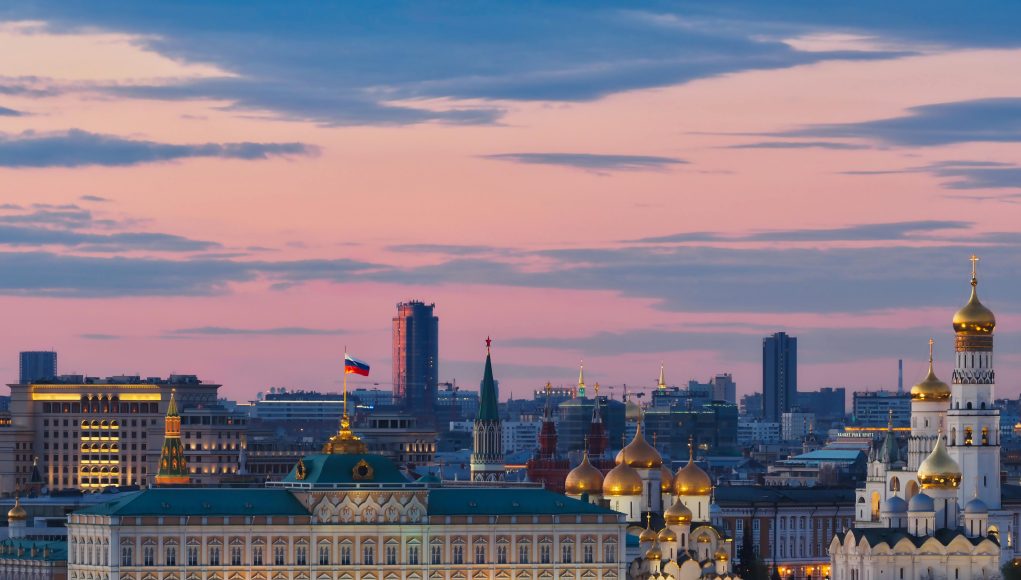
(Singapore, 24.10.2025)Oil prices climbed sharply on Thursday (Oct 25) as U.S. sanctions on Russia’s top oil firms stoked fears of tighter global supply and heightened economic pressure on the Kremlin.
West Texas Intermediate (WTI) crude rose 5.6% to close at about $62 a barrel, while Brent crude climbed 5.4% to nearly $66, marking their biggest one-day gain since mid-June. Heating oil and diesel futures also surged, signaling the market’s growing anxiety over disruptions to Russian exports.
The sanctions target Rosneft PJSC and Lukoil PJSC, Russia’s top two oil producers that together account for almost half of the country’s total crude exports. The U.S. move effectively cuts the firms off from the Western financial system, a major escalation of Washington’s efforts to choke off the Kremlin’s oil revenues used to fund its war in Ukraine.
Until now, Western powers had sought to limit Moscow’s oil income through mechanisms like the Group of Seven’s price cap, which aimed to reduce Russian revenue without causing global shortages. The latest sanctions mark a decisive shift — one that risks tightening supplies in an already fragile market.
“This is an unprecedented step,” said Jorge Leon, head of geopolitical analysis at Rystad Energy. “It’s a direct hit on the core of Russia’s oil industry, and it raises the risk of significant disruptions to crude exports.”
The European Union also rolled out new sanctions, banning transactions with Rosneft and Gazprom Neft PJSC and targeting Russia’s energy infrastructure. Britain has joined in, sanctioning both Rosneft and Lukoil earlier this month.
Pressure Mounts on India and China
The sanctions are reverberating through Asia, where India and China — Russia’s two largest oil customers — are now forced to reassess their imports.
India’s refiners, including private giant Reliance Industries, plan to scale back or halt purchases of Russian crude to avoid secondary sanctions, according to industry sources. Indian Prime Minister Narendra Modi reportedly assured U.S. President Donald Trump that India would wind down imports.
Meanwhile, multiple sources told Reuters that Chinese state oil companies such as PetroChina, Sinopec, and CNOOC have suspended new purchases of seaborne Russian oil. The companies are treading carefully to avoid running afoul of the sanctions, though smaller independent refiners — known as “teapots” — may continue limited trade.
Together, India and China account for most of Russia’s seaborne oil exports. A pullback by both nations would represent a major financial blow to Moscow and could send global prices higher as refiners scramble to find alternative supplies from the Middle East, Africa, and Latin America.
“India is under pressure to source oil elsewhere, which could reduce the global oversupply and drive prices up,” said Carsten Fritsch, commodities analyst at Commerzbank AG. “If China steps in to buy more, the impact might be less severe — but for now, both are taking a cautious stance.”
Oil Futures Jump as Sanctions Stir Fears of Tight Supply
Oil traders quickly responded to the news, with futures rallying and trading volumes surging. The WTI prompt spread — a key indicator of market tightness — almost doubled to 60 cents a barrel, showing that near-term supply is becoming more valuable.
In options markets, sentiment also turned bullish, as traders bet that sanctions would tighten global supplies in the months ahead. Analysts at Citigroup said the rally offers producers “another chance to hedge production” before a potential glut emerges next year.
Despite the price jump, many analysts say the market remains well supplied overall. The International Energy Agency recently forecast that global oil supply could exceed demand by almost 4 million barrels a day in 2026, reflecting rising output from OPEC and non-OPEC countries alike.
Still, the sanctions have injected new uncertainty into that outlook. “Even if there’s plenty of oil on paper, reconfiguring global trade flows is no small task,” said one Singapore-based trader. “Replacing Russian barrels in Asia will take time — and that’s what’s moving prices now.”
Putin Downplays Sanctions as Russia’s Energy Sector Comes Under Fire
The Kremlin brushed off the sanctions, with Russian President Vladimir Putin calling them an attempt to “pressure Russia,” but insisting the world cannot easily replace its oil. “No self-respecting nation gives in to coercion,” he said.
Russia remains the world’s second-largest crude producer, behind the United States, and oil and gas taxes account for roughly a quarter of its federal budget. While the country has proven adept at bypassing restrictions — often selling crude through intermediaries or “shadow fleets” of tankers — this latest round targets its biggest firms directly, making evasion more complex and costly.
The pressure is mounting internally as well. Ukrainian drone attacks have increasingly targeted Russian refineries and export terminals, including a strike this week on Rosneft’s Ryazan refinery, one of the country’s largest.
The U.S. has warned that more sanctions could follow if Moscow does not move toward a ceasefire in Ukraine. Trump is also expected to raise the issue with Chinese President Xi Jinping during their planned meeting in South Korea next week.
Oil market watchers are now trying to gauge how long the price spike will last. Some believe that if alternative supplies can be quickly mobilized — and if global demand remains soft — prices may stabilize. But others warn that renewed geopolitical risk could keep energy costs elevated well into next year.
“The global oil market has been skating on thin ice for months,” said David Oxley of Capital Economics. “This shock could easily tip it from a mild surplus into a deficit in 2026.”





































